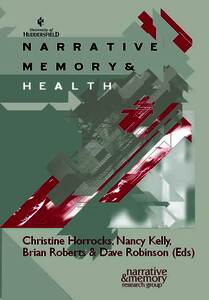Drawing on data generated from a research project that focuses on the lived
experiences of men who have experienced a spinal cord injury (SCI) through
playing rugby football union, this chapter examines how a sense of coherence
is constructed within one persons’ life story. Narrative studies, as Seymour-
Smith (2002) notes, have documented the importance to many individual’s
identities of presenting a coherent life story. Yet, the notion of coherence, a
shibboleth in the field of narrative inquiry, is a contested issue. For example,
Mishler (1999) argues that coherence, as a concept, is essentially and
intractably ambiguous, defying efforts at formal and precise definition. For
him, therefore, one way forward is to recognise the essential reflexivity of
coherence and the manner in which this is a negotiated achievement among the
participants involved in telling and listening to a story. Accordingly, one of the
areas he ask researchers to direct their attention towards is the artful practices
through which storytellers do coherence, and the complex and differentiated
ways stories can be organised to serve their meaning-making functions.
Downloads
Downloads per month over past year
Downloads per month over past year for
"cover02.jpg"
Downloads per month over past year for
"Chapter_3_Brett_Smith_and_Andrew_C._Sparkes.pdf"

![cover02.jpg [thumbnail of cover02.jpg]](https://eprints.hud.ac.uk/5113/1.hassmallThumbnailVersion/cover02.jpg)


 CORE (COnnecting REpositories)
CORE (COnnecting REpositories) CORE (COnnecting REpositories)
CORE (COnnecting REpositories)